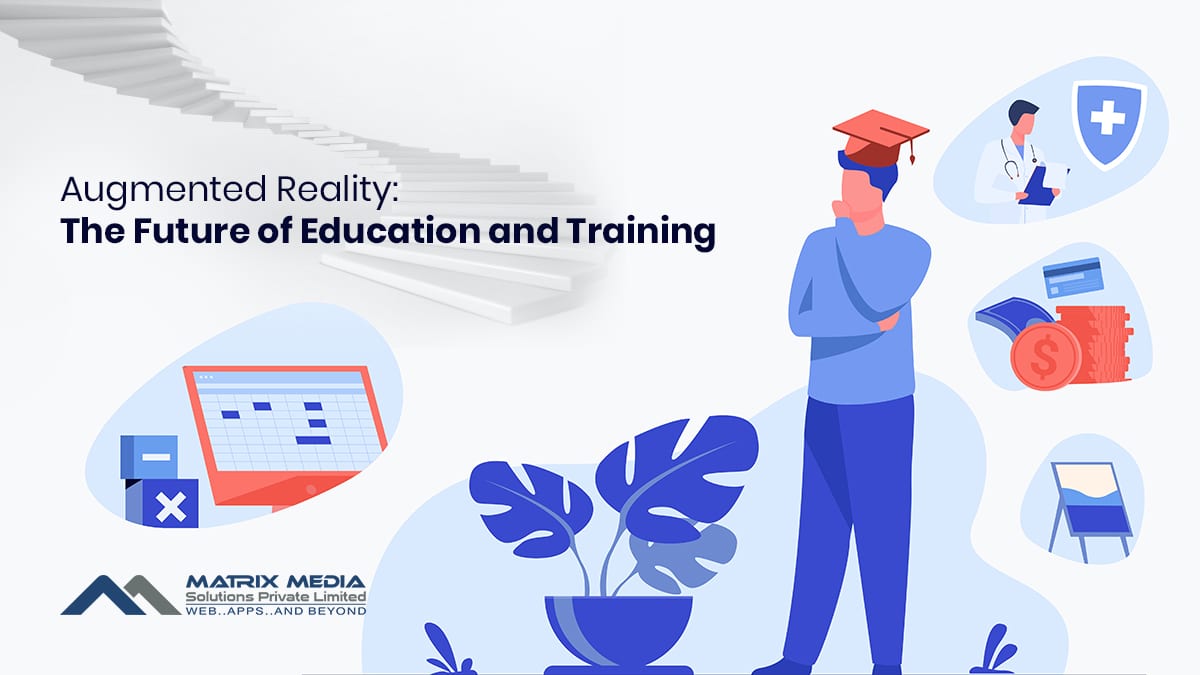With each passing day, the augmented reality (AR) is slowly strengthening its position in our lives. Every year, hundreds of entertaining AR Apps are getting added in the app stores. The companies, as well as the startups, are also coming up with new ideas about implementing the AR in different business processes. Among all the sectors, education seems to be the one that can be turned upside down by the AR. Right now, the value of the global AR education market share lies at about $300 million. However, statistics show that this market would grow as much as $700 million by 2025.
Now the question is, will the usage of augmented reality benefit our education system? In the following section of this article, we have talked about the benefits and challenges of implementing AR in education. Check it out if you want to stay ahead in the game.
Augmented Reality and Education
At a glance, the education industry might seem to be the last place where you can implement the AR technology successfully. Right now, most companies are using AR for creating entertaining applications. However, if implemented properly, the AR has the potential of benefiting the teachers and the students in different educational courses. It can boost the learning process and can replace the paper textbooks for good. It can help the schools to cut the expenses and improve teacher-student communication as well. Wondering how? Check the benefits.
Immersiveness
The three-dimensional views of different objects can change how the education industry works. Most textbooks of today, indeed, come with the images of different objects to make sure that the student understands the concept better. However, as these images are 2D, the students can see them from only a single perspective. With the help of AR educational applications, the students would be able to view the images from all angles. They will also be able to disassemble the pictures to understand the concept better. It can help students who are studying complicated mechanisms. Also, the 3D images can help the medical students to understand human anatomy better.
Visualization
Studies have proved that AR has an intricate relationship with the visual perception of information. The researchers claim that humans perceive 70% of information through our eyes. It indicates that AR learning can help the students to understand different concepts better.
Engagement
Studies have also proved that innovative methods of learning always helps the students to learn faster. Compared to the traditional textbook learning, the AR assisted-learning can enhance the engagements of the students, improve their productivity and at the end of the day will boost their overall performance.
Safe Training
The augmented reality would help the students to practice different tasks to achieve perfection. Take a student of surgery, for example. It is impossible for a heart surgeon to perform perfect heart surgery at the first try. However, it is also impossible for the students to practice their skills in real life. The AR learning and mixed reality applications can help them to practice the surgical procedures many times before they perform the surgery. It would help them to get the required experience and will prepare them for the real situation. Many aviation companies are already using mixed reality headsets or VR technology to train their pilots.
Collaborations
The AR can improve the collaborative learning process as well. The technology allows the students to work on the same objective together. With the help of the technology, the students can modify objects and leave the necessary comments which the teacher can check later. Improving collaboration enhances the teacher-student connections and ensures better teamwork.
There is no doubt that the usage of augmented reality in the education sector is still in its nascent phase. That is why there are still several challenges that one has to face to implement AR technologies in the field of education. That being said, a complete transition to a new digital workflow is always very tricky and requires time and patience. Even though you primarily have to face a lot of drawbacks, it would help you in the long run. If you want to know more about the augmented reality education software or how you should implement it in your educational institute, our professionals are ready to extend help.


 March 14, 2022
March 14, 2022

